What We Treat
Knee pain
Hip pain
Shoulder pain
Head and Neck pain
Ankle and Foot pain
Elbow and Wrist pain
Find out more about how we connect the dots from the deepest root & eliminate your pain from the source below!
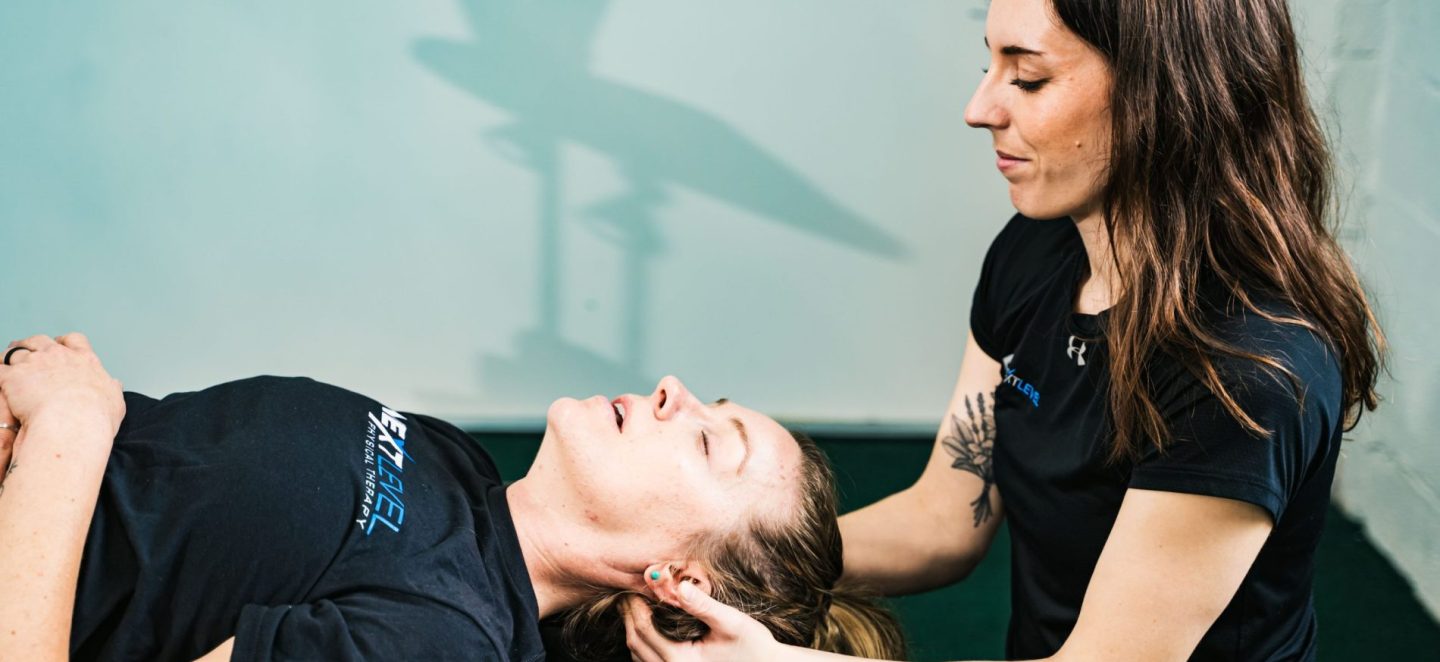

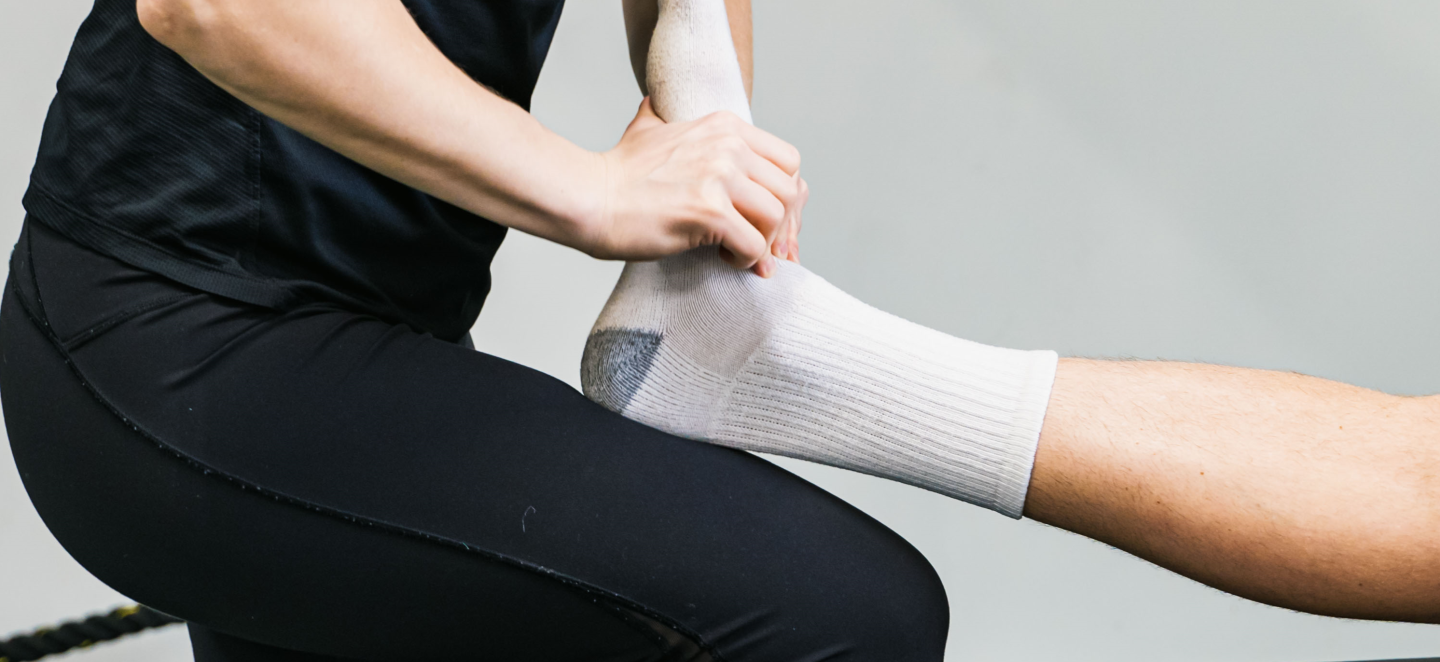
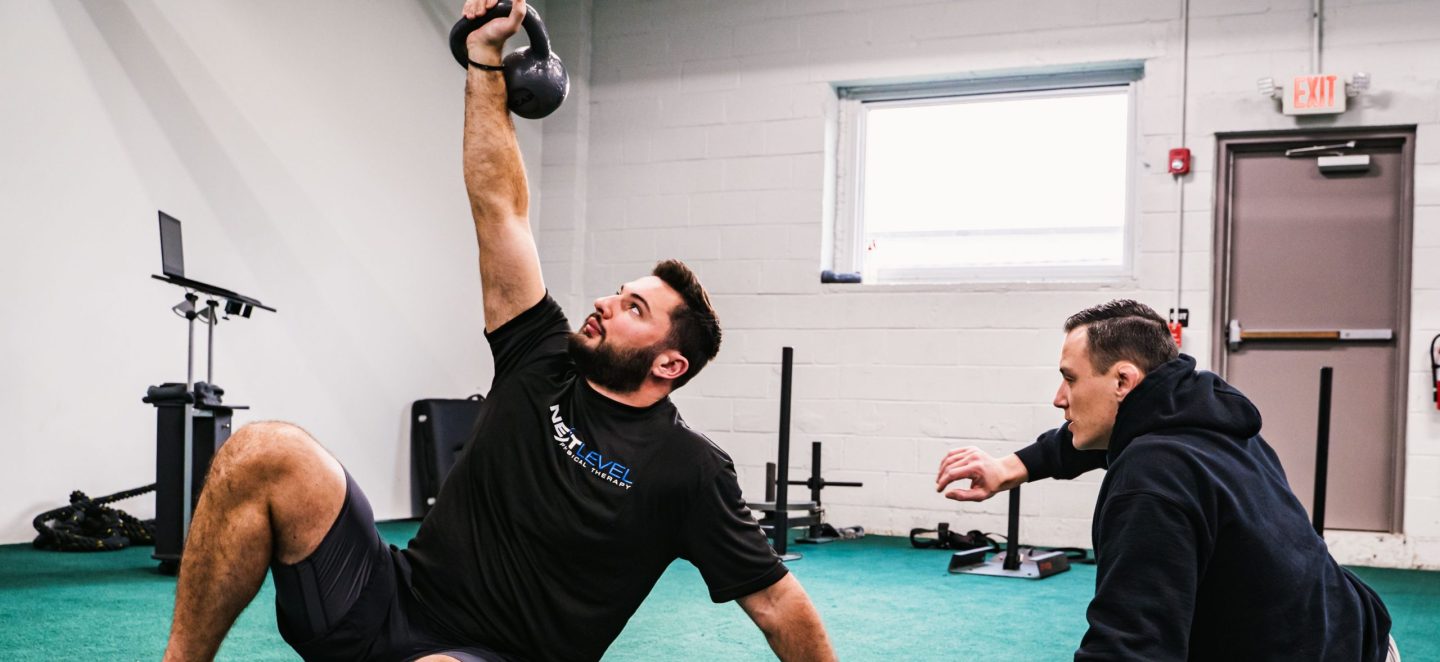
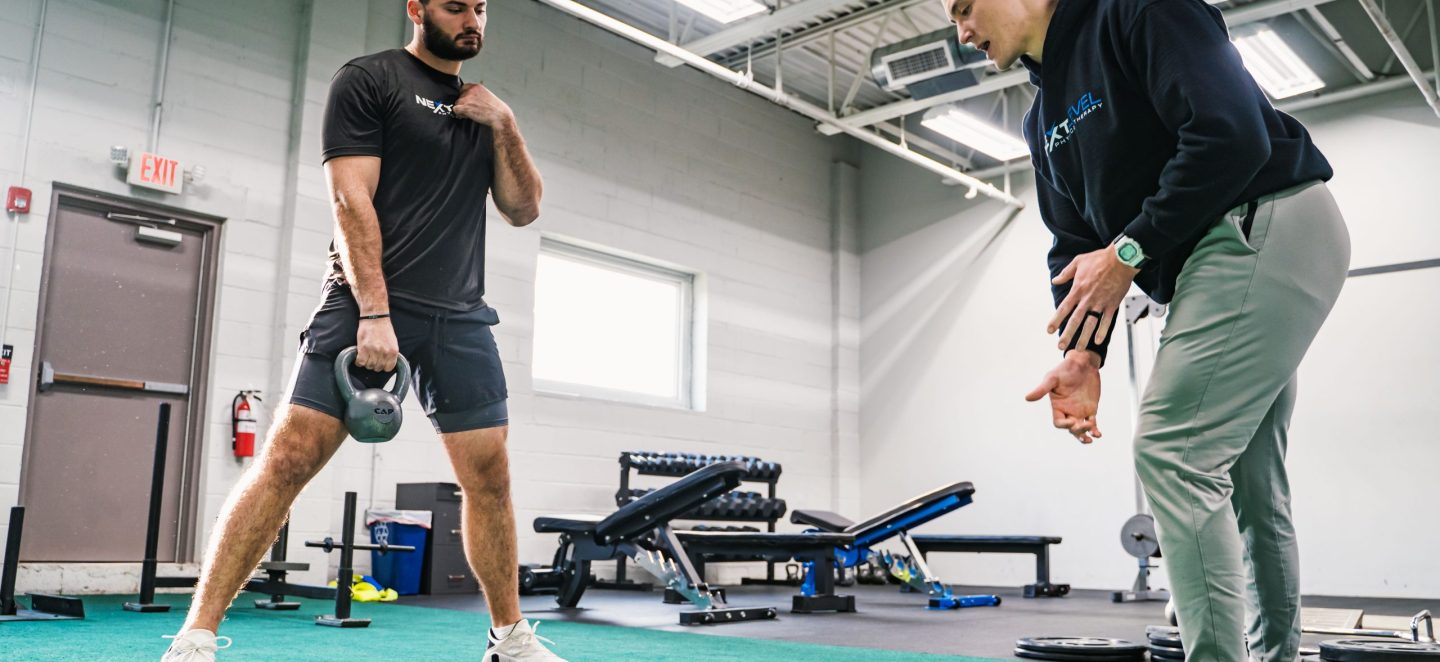
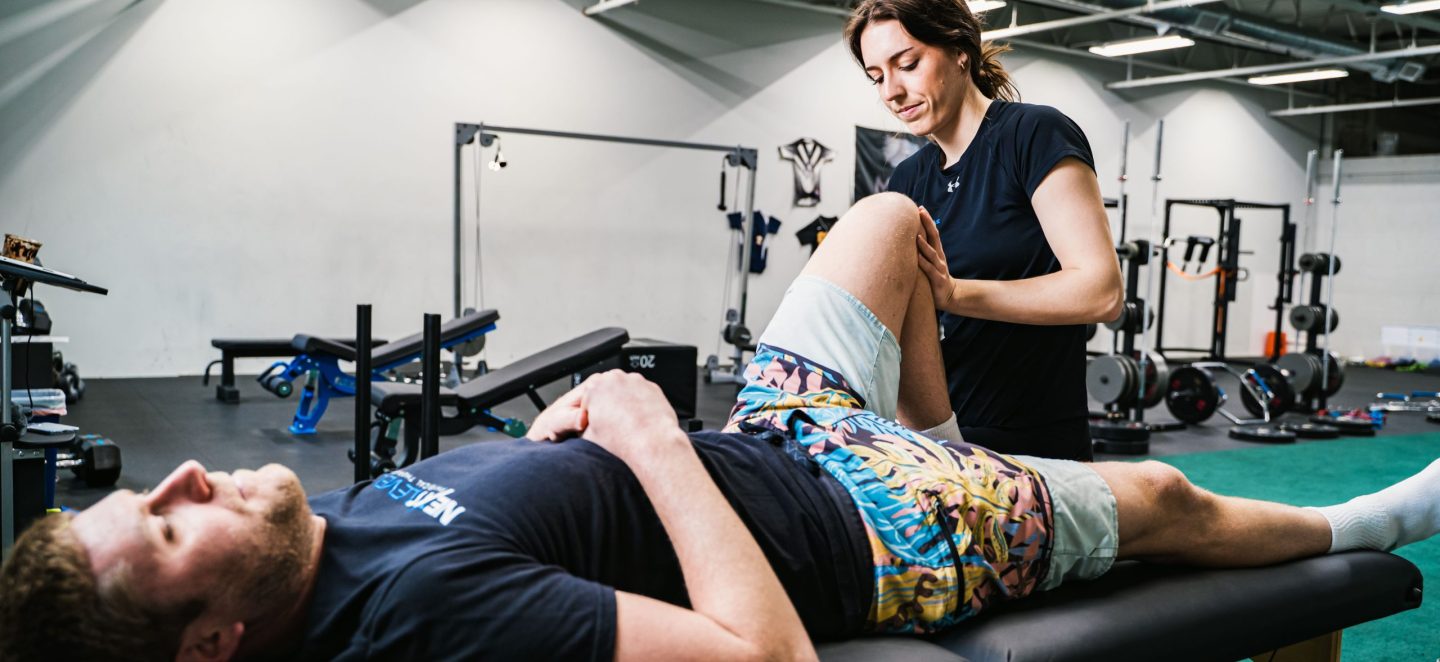
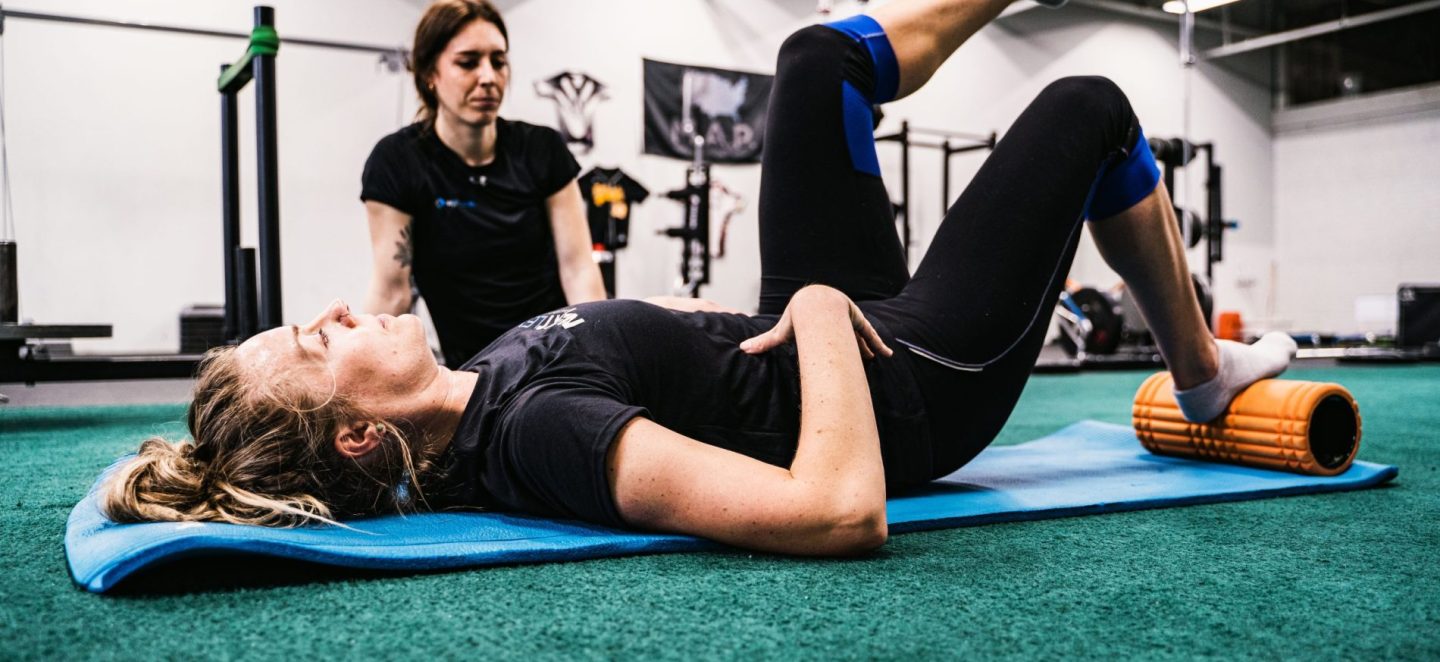
Head and neck pain can affect posture, concentration, sleep, and daily comfort. For some people it presents as stiffness or tension. For others it shows up as headaches, radiating pain, or a feeling of constant tightness that never fully resolves.
Symptoms may begin after an injury, but more often they develop gradually from sustained postures, repetitive movements, stress, or poor movement control through the neck and upper back. In many cases, pain is influenced by how the head, neck, shoulders, and upper spine work together rather than a single structure acting alone.
At Next Level, we work with people who seek physical therapy for head and neck pain when symptoms persist, movement feels restricted, or discomfort continues to interfere with daily life. Our approach focuses on restoring mobility, improving postural control, and addressing the movement patterns contributing to ongoing strain.
Whether symptoms are localized or spreading, effective treatment looks beyond the site of pain and addresses how the entire upper body system is functioning.
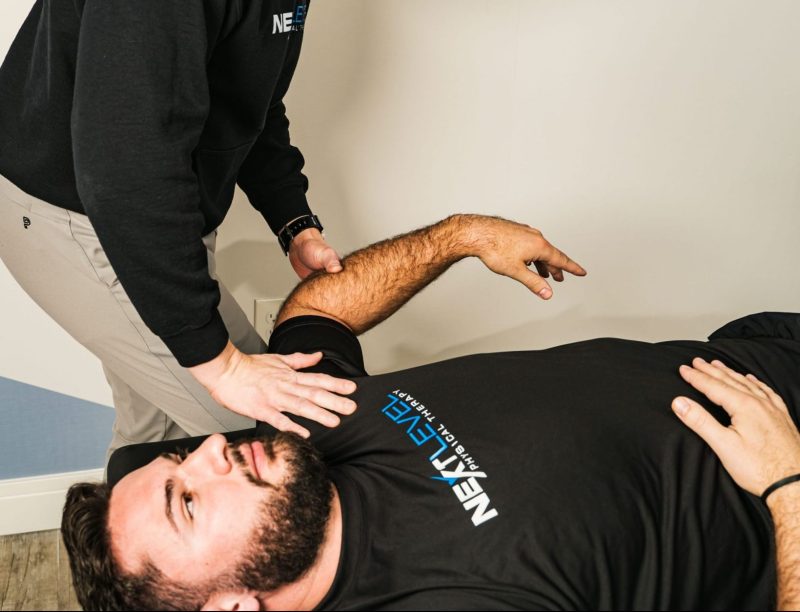
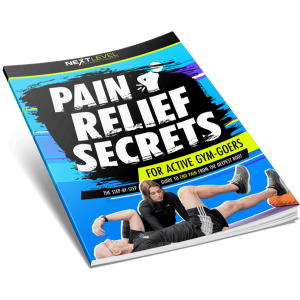
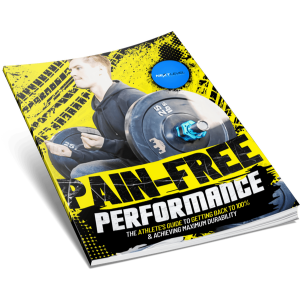
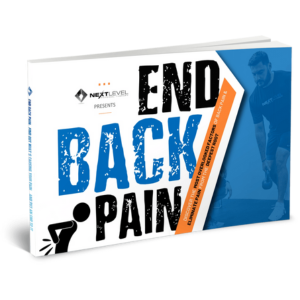


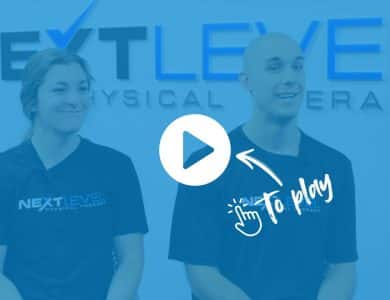
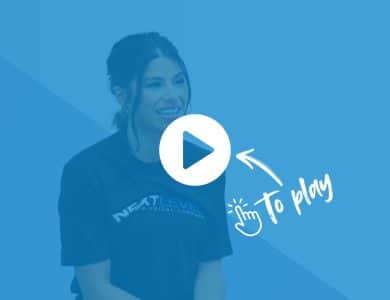


About three years ago I had a neck injury during one of my football games and went to numerous doctors and specialists who could not diagnose my problem. I was desperate to get back on the field but was discouraged after having no success with traditional medicine. Then I was introduced to Dr. Mike and my life was changed. His methods are unorthodox but extremely effective and after only a few sessions with him my neck pain was gone. After only a few sessions you can tell he is a very knowledgable person who is willing to go the extra mile to accommodate his clients. I can’t thank him enough for helping me get back on the field.

I can not say enough about the therapy I received from Dr Elyse Dinan and the staff at Next Level. I am a 65 years old and I came in for treatment of a pinched nerve in my neck which was causing radiating pain down my arm. The pain was preventing me from sleeping, dong daily activities, and playing volleyball. I had a goal that in 7 weeks I needed to be able to participate in the National Senior Games in Fort Lauderdale in the volleyball tournament. Within one week of treatment I was able to sleep through the night and in 3 weeks the pain had decreased dramatically. By the end of the 7th week of treatment I was confident that my body had healed well enough to participate in the Sr Games. I went to Florida knowing I was I was going to be able to play at a level I hadn’t for quite a long time. With Next Levels help I not only got to play in the games but our team won the gold medal! Thank you Elyse and Next Level!!!

Next Level Physical Therapy did wonders for me. I had a chronic pain on my right side of my back. It went to the neck down to the bottom of the back. It did not prevent me from doing things like working out but it inhibited me quite a bit. It also caused many headaches. Dr. Ben worked with me to create stability where I was lacking. My strength and flexibility were always there. I just needed to learn how to stabilize my body in areas to create more balance and harmony with the muscles. This was done with many breathing exercises where we hold a position and tighten up the muscle area. Then by achieving full breaths into the chest and releasing it, the oxygen getting to the areas allowed for the pain to disappear. Repeating these exercises each day allowed me to achieve a huge level of success. I now have very little pain, fewer headaches and more range of motion. My stability has become much greater allowing my intense workouts to be even better. Thank you Dr. Ben and Next Level Physical Therapy! You guys are #1 to me!